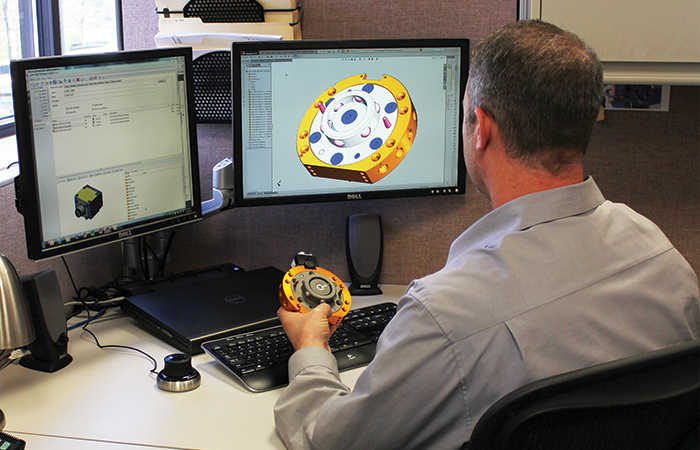
Integrated 3D computer-aided design (CAD) technologies increasingly hold the key to optimizing the entire design-to-manufacturing process, enabling manufacturers to bring better products to market faster than the competition. Although CAD has historically focused on design modeling, with manufacturing drawings being the final product, CAD data can now be used to streamline and automate other important downstream tasks.
These tasks include virtual product simulation and design validation, reducing the need for physical prototypes; CAM (computer-aided manufacturing) programming, generating tool paths for CNC machining; additive manufacturing processes, including metal and plastics; mold, tool, die, and fixture development, supporting manufacturing processes; cost estimation and quoting, automating aspects of purchasing; shop floor documentation creation, including drawings, BOMs (bills of materials), assembly instructions, and exploded views; quality control inspection, formalizing inspection of incoming and manufactured parts; documentation development, automating the creation of user manuals and service guides; and photorealistic rendering, streamlining the development of high-quality images, videos, and interactive web content.
What’s more, integrated CAD can support these functions in a concurrent rather than a serial fashion. By helping manufacturers eliminate redundancies, unnecessary effort, and the potential for error, integrated SOLIDWORKS® Premium 3D design software can serve as the cornerstone of an integrated design-to-manufacturing process, providing the efficiency, agility, and flexibility that manufacturers need to maintain a competitive edge.
Click here and register to access technical articles and white papers from this company









National Gas receives funding to develop Gravitricity underground hydrogen storage system
One single rock salt mine - Winsford - has 23 <i>MILLION </i>cubic metres of void and even allowing for 10% of that void set aside for hazardous waste...